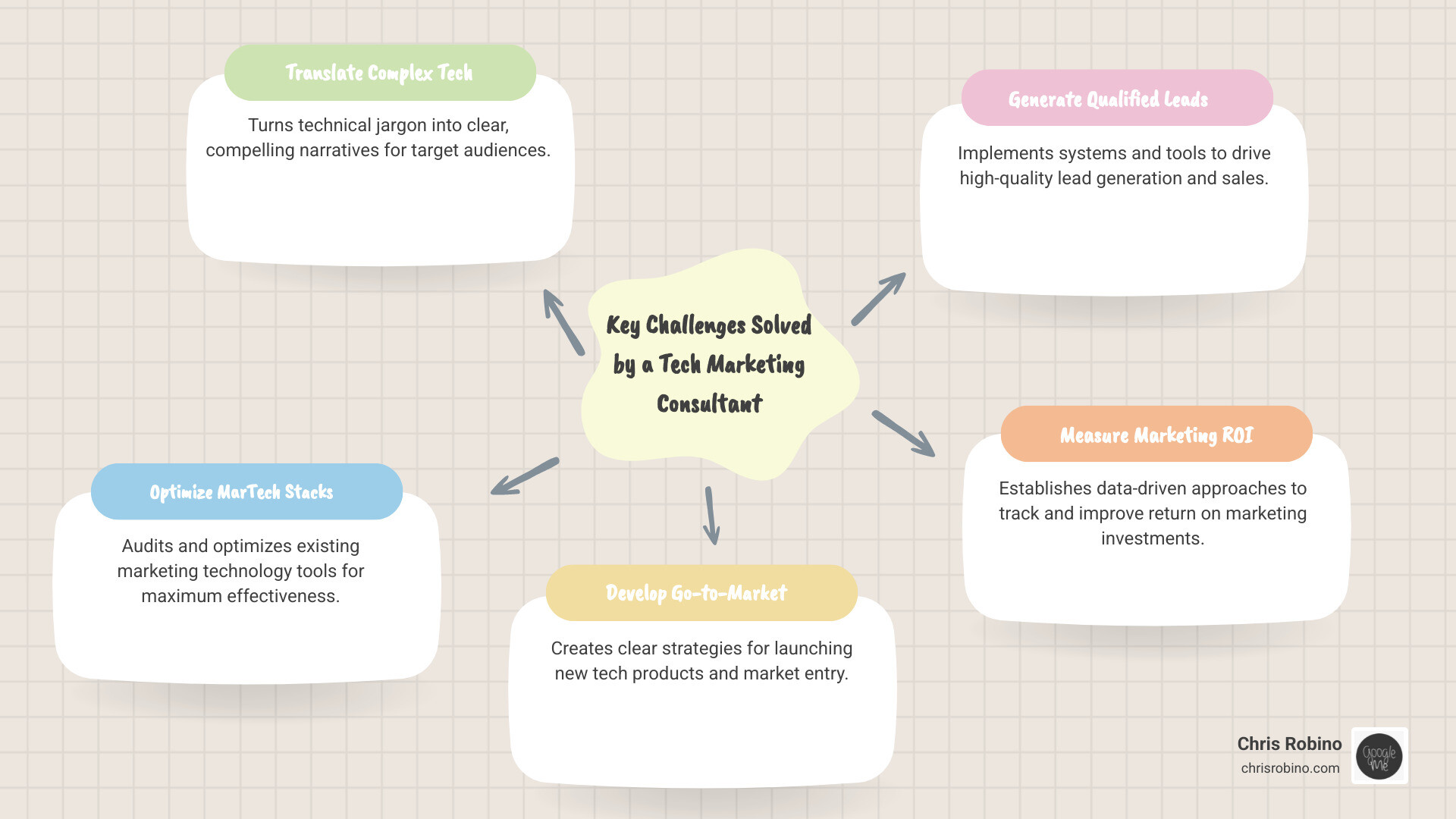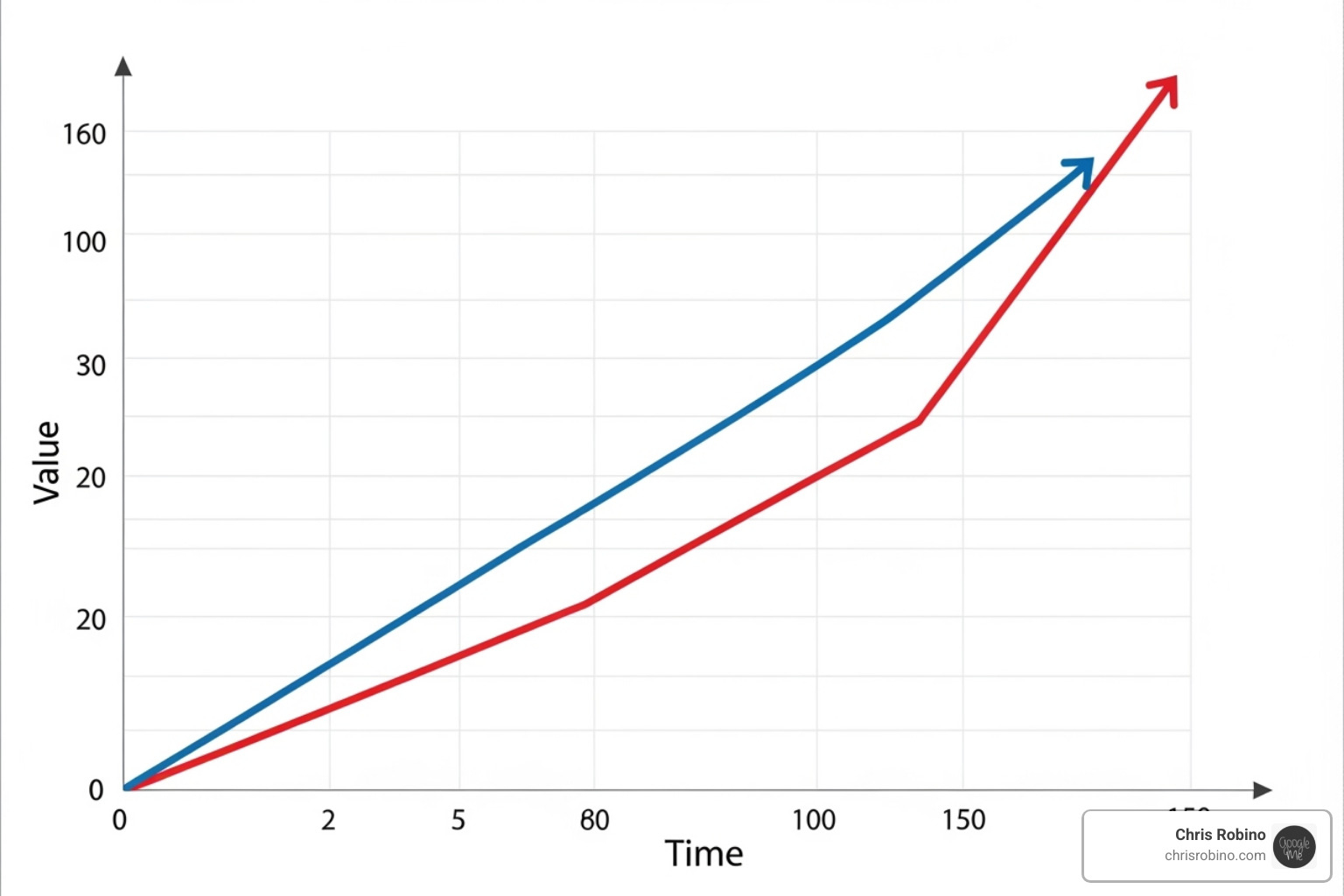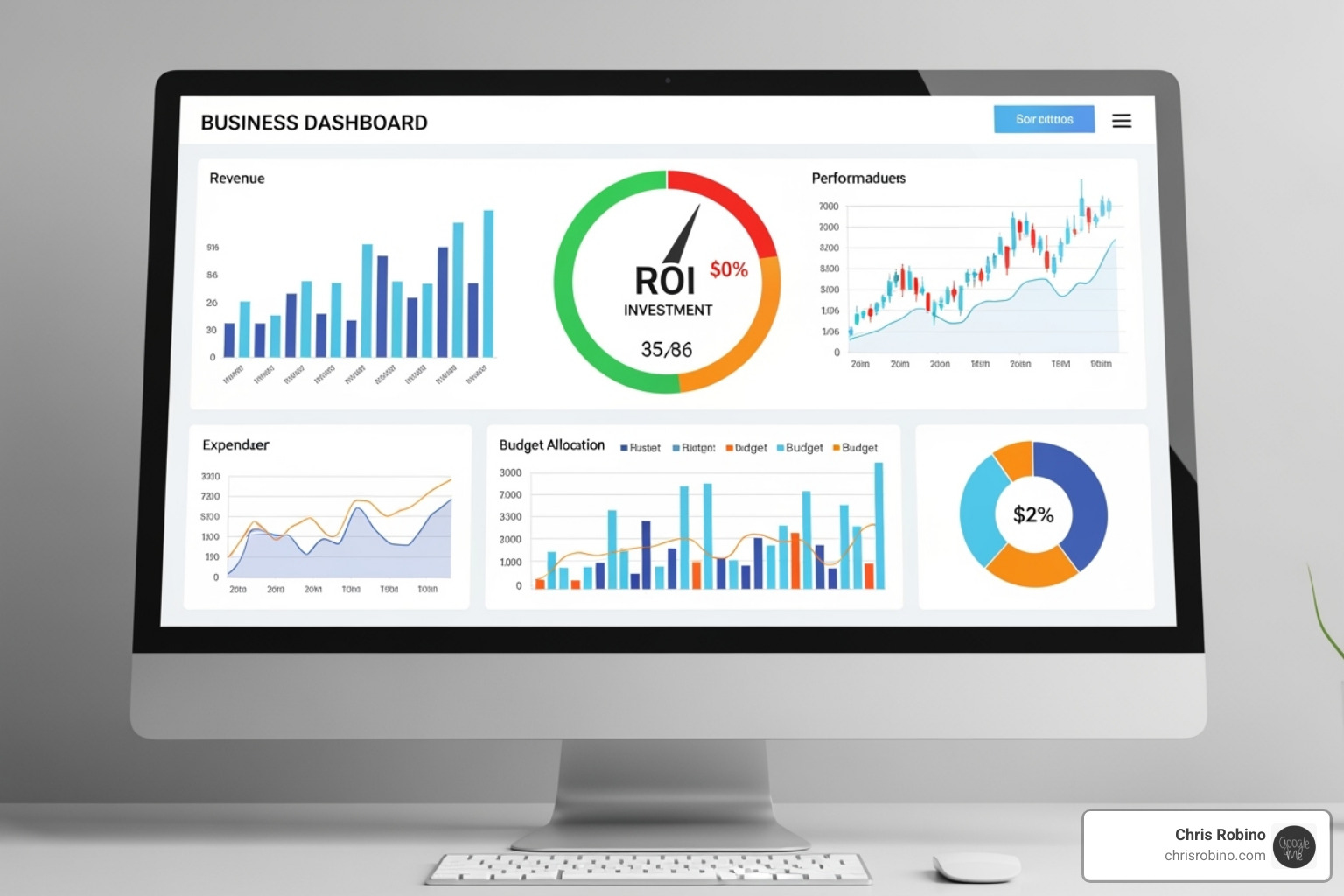Bridging the Gap Between Scale and Search Impact
Enterprise SEO is the discipline of turning a large organization’s size, brand equity, and content depth into durable search growth. It aligns product, engineering, content, analytics, and legal to win in organic search across thousands or millions of URLs, multiple business units, and global markets.
Large companies enjoy advantages—authoritative domains, high brand demand, and deep archives—but also face obstacles: technical debt, fragmented CMSs, slow release cycles, complex governance, and risk constraints. The programs that outperform simplify this complexity into a scalable operating model, build technical excellence into the platform, and create content systems that compound over time.
What wins at scale:
- A clear operating model: defined roles, intake, prioritization, and release governance so SEO work ships predictably.
- Technical foundations that protect crawl budget and indexation: clean architecture, canonicalization, structured data, and fast, stable pages.
- Content systems, not one-off posts: templates, playbooks, and workflows that produce high-quality pages at volume.
- Entity-first strategy: strengthen how your organization, products, and topics are understood across the web.
- Full-funnel demand capture: non-branded findy, mid-funnel education, and conversion-focused intent pages.
- International and local excellence: hreflang, geotargeting, and consistent business data across markets.
- Measurement that informs decisions: reliable baselines, forecasting, and experiment frameworks tied to revenue.
This approach converts search from a collection of tactics into a durable, compounding channel that lowers acquisition costs, strengthens brand presence, and de-risks site changes—at enterprise scale.

The Role and Value of Enterprise SEO
Enterprise SEO turns a large organization’s complexity into strategic advantage. It is not a channel on the side; it is a cross-functional program that influences product roadmaps, content priorities, and platform quality. The goal: predictable growth in non-branded visibility, traffic, and revenue with strong risk controls.
Core pillars that move the needle:
- Architecture and crawl management
- Ensure bots can efficiently find and index the right pages. Use logical hierarchies, clean URLs, sitemaps, correct canonical tags, and safe robots directives.
- Neutralize faceted navigation and duplicate paths. Implement robust pagination, parameter handling, and rules-based indexation.
- Performance and user experience
- Meet Core Web Vitals at scale through image optimization, caching, server-side rendering where appropriate, and minimal render-blocking resources.
- Establish page-speed budgets and CI checks so regressions are caught before launch. Sites that meet Core Web Vitals thresholds see improved search visibility.
- Structured data and entity signals
- Implement schema for products, articles, FAQs, jobs, breadcrumbs, organizations, and reviews.
- Align on the canonical name, description, and attributes of your organization, products, and key people across your site and major profiles.
- Content systems at scale
- Build reusable templates, editorial playbooks, and internal linking standards that create consistent, high-quality pages.
- Use programmatic approaches for catalog, location, or service variants while enforcing strict quality, uniqueness, and value.
- Authority and reputation development
- Earn mentions and links through newsworthy studies, expert perspectives, and high-value resources. Showcase real subject-matter experts and clear bylines.
- Maintain brand consistency and quality guidelines for all contributors and partners.
- Local and international excellence
- Standardize store/location pages, hours, and NAP data. Manage business profiles at scale with accurate categories and attributes.
- Choose the right international architecture (subfolders, subdomains, or ccTLDs) and implement hreflang to de-duplicate across markets.
- Governance and risk management
- Define owners for taxonomy, redirects, metadata standards, and change approvals. Use pre-release SEO QA and post-release monitoring for all significant changes.
- Maintain a redirect registry and deprecation process to avoid orphaning link equity.
- Analytics and measurement
- Unify search console, analytics, and log files to track crawl behavior, indexation, rankings, and revenue impact.
- Forecast with scenario models and run structured experiments to validate hypotheses before scaling.
- Responsible AI augmentation
- Use AI to accelerate briefs, outlines, entity mapping, and internal link suggestions—but keep human review for accuracy, safety, and originality.
Business outcomes you can expect:
- More non-branded traffic from priority categories and markets.
- Lower blended acquisition costs as organic offsets paid spend on evergreen queries.
- Stronger resilience to platform changes via governance, QA, and monitoring.
- Faster time-to-value as templates, automation, and playbooks shorten production cycles.
- Clear attribution to revenue using outcome-focused KPIs and testing.

Enterprise SEO Execution and Measurement Guide
A high-performing enterprise program blends the right org design, a durable operating cadence, and a 90-day plan you can start executing now.
How to resource and organize:
- Establish a central SEO function with clearly defined partners in product, engineering, content, analytics, legal, and PR.
- Roles typically include: Head of SEO, Technical SEO Lead, Content/Editorial Lead, Digital PR/Communications partner, Data Analyst, and a Product Manager to own the SEO backlog.
- Create a single intake form and service-level targets for requests (new pages, redirects, migrations, metadata changes). Triage by expected business impact and effort.
- Maintain a quarterly roadmap aligned to corporate goals with an agreed RACI for each initiative. Hold weekly stand-ups and monthly business reviews.
- Build enablement: guidelines for metadata, internal linking, structured data, and content quality; tooling checklists; pre-release SEO QA.
90-day technical plan (sequence to maximize impact):
- Crawl and index health
- Audit robots directives, canonical tags, and indexation rules. Fix any accidental blocking or self-referential conflicts.
- Consolidate duplicates and thin variants; standardize parameters and pagination.
- Architecture and sitemaps
- Ensure every priority template is findable from hubs and category pages. Maintain fresh, segmented XML sitemaps with error monitoring.
- Performance and rendering
- Set page-speed budgets; optimize images (next-gen formats, compression), lazy-load non-critical assets, and preconnect critical origins.
- Reduce JS payloads; leverage server-side rendering or hydration strategies where needed for content parity.
- Structured data
- Implement and validate schema on key templates (product, article, FAQ, organization, breadcrumb, job). Monitor for rich result eligibility.
- Logging and monitoring
- Enable log analysis for crawl patterns, status code anomalies, and crawl-to-index conversion. Set up alerting for spikes in errors or latency.
90-day content plan (quality at scale):
- Entity and topic mapping
- Define the entities you must own: products, solutions, industries, problems, and brand terms. Map topic clusters and supporting questions.
- Page upgrades for the top decile
- Refresh the highest-impact pages with clearer answers, structured data, multimedia, and stronger internal links.
- Programmatic templates with safeguards
- For catalogs, locations, or service variants, create templates that guarantee unique, useful value. Ban pure boilerplate. Bake in FAQs, specs, and comparison elements.
- E-E-A-T fundamentals
- Add expert bylines, author bios, references where relevant, and clear sourcing. Ensure compliance and legal review for sensitive topics.
- Internal linking at scale
- Automate suggestions but approve manually. Ensure hubs link down to spokes and spokes reinforce hubs.
90-day authority and reputation plan:
- Publish original data or insights (annual trends, benchmarks, or anonymized platform learnings) to earn natural coverage.
- Activate executives and subject-matter experts with thought leadership across owned and earned channels.
- Consolidate fragmented legacy microsites and cleanup low-quality backlinks through deprecation and redirects.
Measurement framework that ties to revenue:
- Baseline
- Capture current non-branded clicks, impressions, revenue attribution, ranking distribution, Core Web Vitals pass rates, and index coverage.
- Core KPIs
- Non-branded sessions and revenue, assisted conversions, share of voice for priority topics, ranking distribution by template, CTR by query class, CWV pass rate, crawl-to-index ratio, and indexation of priority URLs.
- Forecasting and experimentation
- Build conservative/base/upside scenarios for each initiative based on historical uplift. Run A/B or holdout tests where possible (e.g., template changes, metadata variants).
- Reporting cadence
- Weekly technical and coverage reports; monthly business outcomes; quarterly strategy reviews. Use annotations for releases, PR hits, and algo events.
Risk and change management:
- For migrations, replatforming, or JS framework changes, run a full plan: content inventory, redirect mapping, staging audits, parity checks, soft launches if feasible, and post-cutover monitoring.
- Maintain an error budget for 404/5xx, a redirect registry, and rollback plans for major releases.
Tooling you’ll need (categories, not brands):
- Site crawler and log analyzer for findy, coverage, and crawl behavior.
- Rank and visibility tracking for target topics and markets.
- Performance monitoring for Core Web Vitals and uptime.
- Analytics with revenue attribution and cohort views.
- A BI layer for dashboards, anomaly detection, and forecasting.
- A tag management system and experimentation platform for controlled tests.

From Complexity to Compounding Growth: Your Next Step
For large organizations, SEO performance is the byproduct of strong governance, technical excellence, and repeatable content systems—not one-off optimizations. When you align leadership, product, engineering, content, and analytics around a shared search strategy, results compound: more non-branded visibility, lower acquisition costs, and greater resilience to platform changes.
Recommended next steps:
- 30 days: establish operating cadence, intake process, baselines, and a prioritized 90-day roadmap. Fix critical crawl/index blockers and roll out page-speed budgets.
- 60 days: ship structured data across key templates, refresh top-decile pages, and deploy internal linking standards. Stand up dashboards with revenue-linked KPIs.
- 90 days: launch programmatic templates with quality guards, publish a flagship data study, and complete technical hardening (rendering, sitemaps, logging, and alerting).
Treat enterprise SEO as a product: staffed, prioritized, and continuously improved. With that mindset, search becomes a reliable growth engine that scales with your business.
